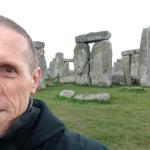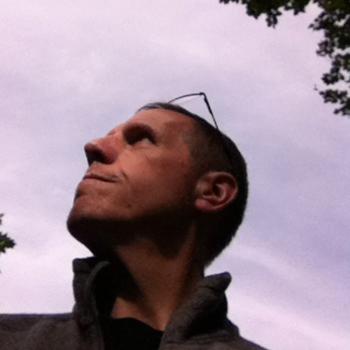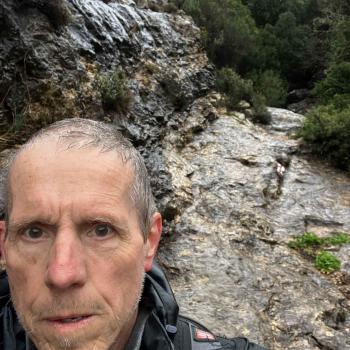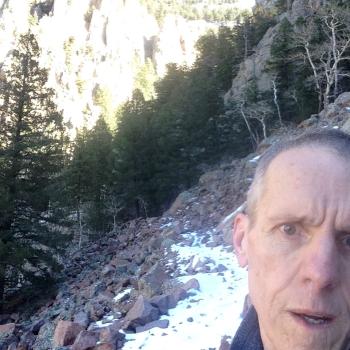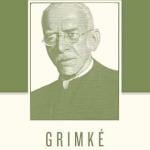This is Speaking of Sacred Sites, Part 2, focusing on another place not mentioned by the Patheos list and like Stonehenge a long abandoned place. “My Life in Ruins” is a movie that is a play on words, but it applies to those – like me – who seek out ancient places of great significance. We like ruins. They have something mysterious about them.
So, continuing my additions to the Patheos “The 100 Most Holy Places on Earth” I will now add Machu Picchu. to Stonehenge. Just as no one disputes the spiritual appeal of Stonehenger, we know it is not unique. The Patheos list does include Newgrange in Ireland, but in the whole list there are only five sites outside the standard world religions. To that let me add a few more that still vibrate with spiritual power. Starting with
Machu Picchu
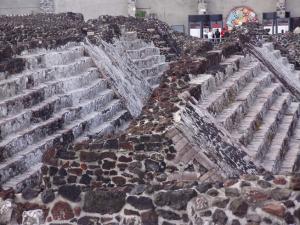
… is only one of many places in the Americas where we know people gathered for sacred purposes. I could as easily list the Templo Mayor in Mexico City or Teotihuacan, or Caral in Peru, or for that matter Mesa Verde or Serpent Mound or Cahokia. These are not as popular, and the Patheos list does regard the number of visitors as a measure of significance. However, if you ever go to any of these places, they have a kind of presence we associate with the spiritual. As I said about Stonehenge, the mystery is part of their holiness.
Getting There is Half the Holiness
We pilgrims also know that the going is as important as the arriving, and if the journey is arduous in places, that enhances the experience when arriving. In the case of Machu Picchu, I walked the Inka Trail for four days first, through the Andes, arriving in the afternoon of the fourth day.
Along the way you see other Incan sites – way stations for travelers, terraced farms, watchtowers – such that when you get to Machu Picchu you sense the world in which it was built.
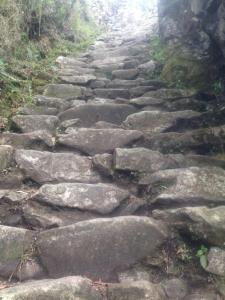 Already tired from the walk at such high altitude, the last bit before beholding the city was the hardest. It involved a very steep, very narrow, very long, rough hewn stone stairway, that all but required crawling on all fours. I had to stop once or twice to maintain my balance and breath, before arriving at a stone gate that was still a kilometer away.
Already tired from the walk at such high altitude, the last bit before beholding the city was the hardest. It involved a very steep, very narrow, very long, rough hewn stone stairway, that all but required crawling on all fours. I had to stop once or twice to maintain my balance and breath, before arriving at a stone gate that was still a kilometer away.
But at the gate one could see the whole city, with Huayna Picchu at the far end. Partly cloudy sky meant shadows and light played over the whole place. It was as memorable as you could want.
It’s All Downhill From There
That last kilometer was a long descent, and with each step the swirl of day touists became more visible. The sites we passed along the way were either empty or had local residents. But at great sites the press of visitors inevitably brings the aroma of tourism and commerce. That seems to be a universal aspect of sacred spots, though. From Bodh Gaya to Tai Shan to Rome to Jerusalem, the human often overwhelms the spiritual. One can feel a let down, that your hoped for experience has been ruined.
The key, then, is to let go of expectations. Rarely does the world deliver up what we expect, especially when it comes to great things like religion and art and love. Instead, focus on what is right before you, be it a sacred stone or a person who has come for the same reason you did. What remains with me from Machu Picchu is the feeling of the sacred stone as I laid my hand upon it, like so many others – from the Church of the Holy Sepulchre to the sacrificial altar of the Templo Mayor in Mexico City.
If you feel let down, go down, get down, sink down. I have often found that it was the smallest thing in a great place that gave me the blessing I sought.

